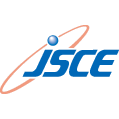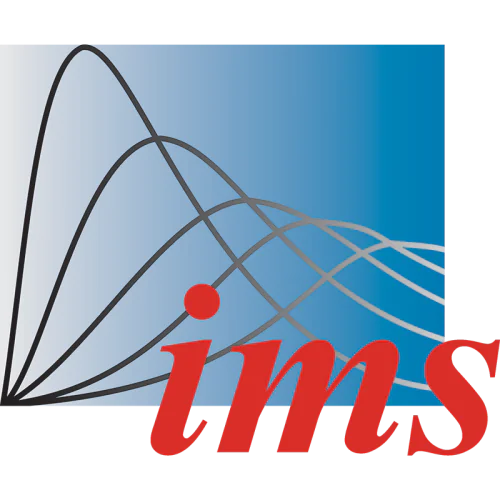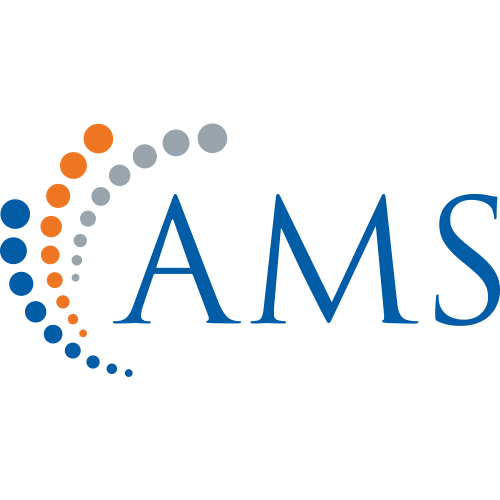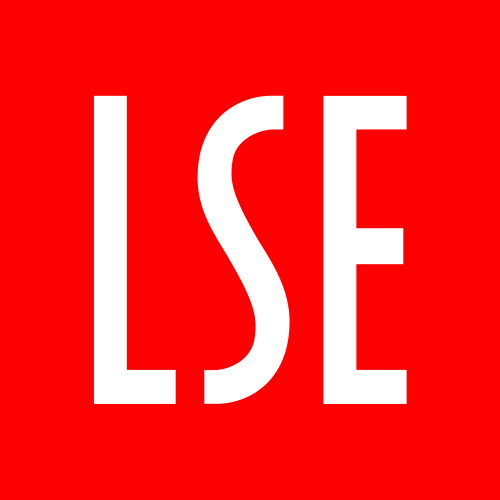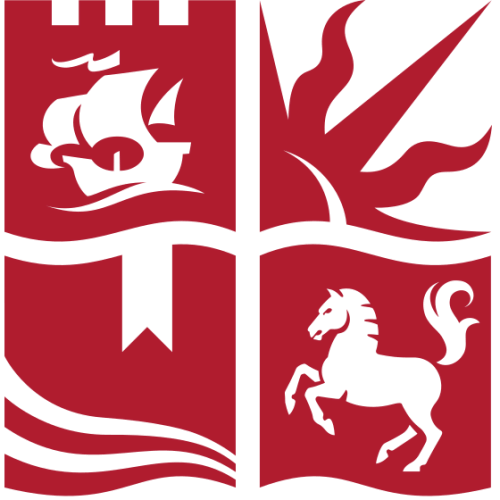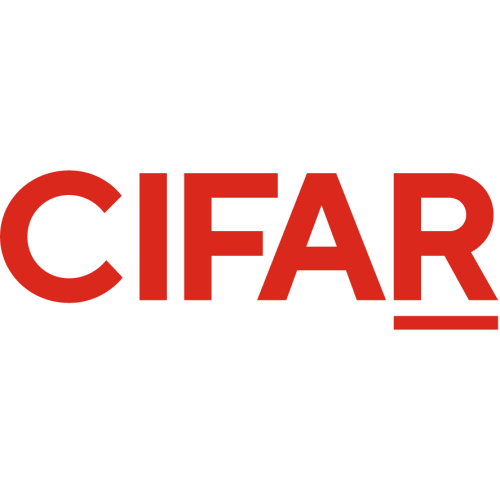Handbook of Game Theory with Economic Applications
Are you a researcher?
Create a profile to get free access to personal recommendations for colleagues and new articles.
journal names
Handbook of Game Theory with Economic Applications
Top-3 citing journals
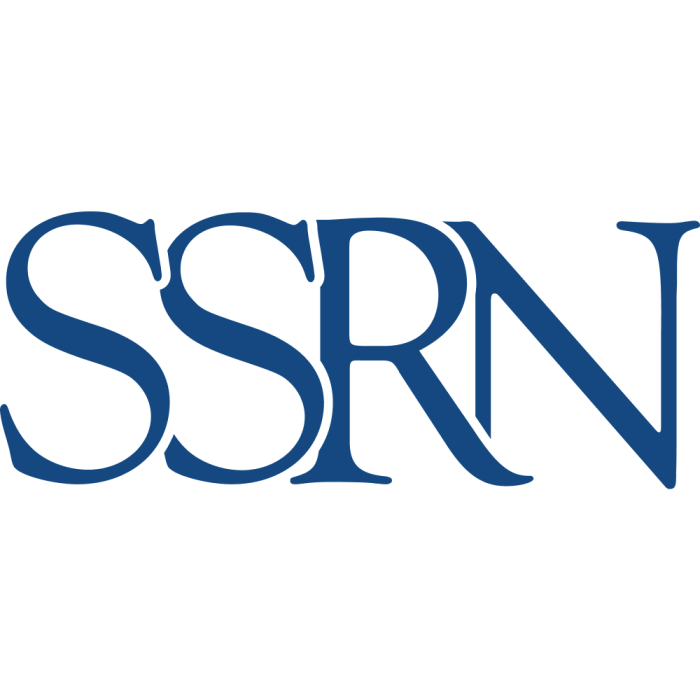
SSRN Electronic Journal
(425 citations)

Games and Economic Behavior
(85 citations)

Lecture Notes in Computer Science
(63 citations)
Top-3 organizations

Hebrew University of Jerusalem
(13 publications)
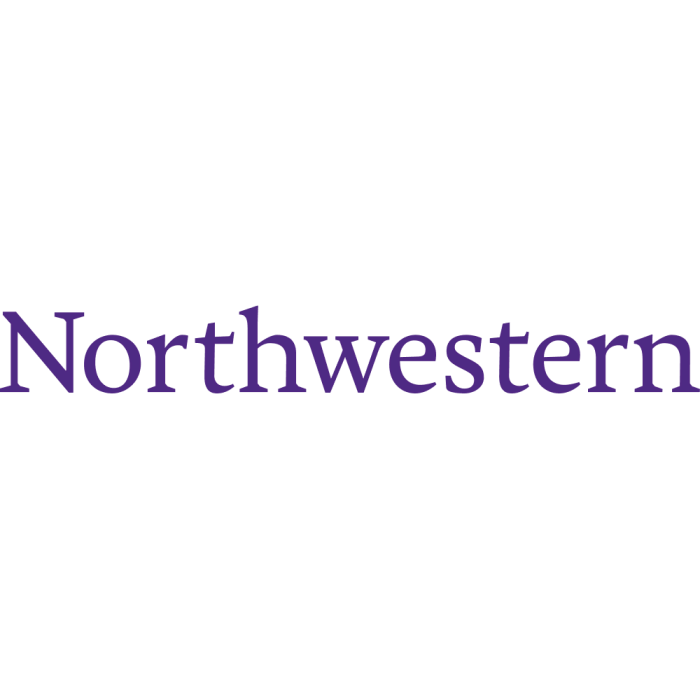
Northwestern University
(6 publications)
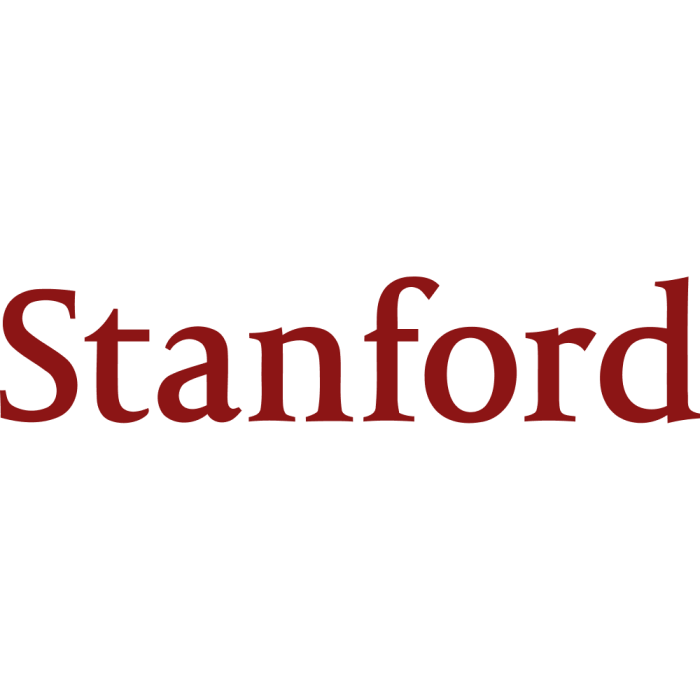
Stanford University
(6 publications)
Top-3 countries
Most cited in 5 years
Found
Nothing found, try to update filter.
Found
Nothing found, try to update filter.
Top-100
Citing journals
Citing publishers
Publishing organizations
Publishing countries
|
5
10
15
20
25
30
35
40
45
50
|
|
|
USA
|
USA, 46, 46.94%
USA
46 publications, 46.94%
|
|
Israel
|
Israel, 19, 19.39%
Israel
19 publications, 19.39%
|
|
United Kingdom
|
United Kingdom, 7, 7.14%
United Kingdom
7 publications, 7.14%
|
|
Belgium
|
Belgium, 4, 4.08%
Belgium
4 publications, 4.08%
|
|
Canada
|
Canada, 4, 4.08%
Canada
4 publications, 4.08%
|
|
Germany
|
Germany, 2, 2.04%
Germany
2 publications, 2.04%
|
|
France
|
France, 2, 2.04%
France
2 publications, 2.04%
|
|
Sweden
|
Sweden, 2, 2.04%
Sweden
2 publications, 2.04%
|
|
Brazil
|
Brazil, 1, 1.02%
Brazil
1 publication, 1.02%
|
|
Italy
|
Italy, 1, 1.02%
Italy
1 publication, 1.02%
|
|
Netherlands
|
Netherlands, 1, 1.02%
Netherlands
1 publication, 1.02%
|
|
New Zealand
|
New Zealand, 1, 1.02%
New Zealand
1 publication, 1.02%
|
|
Singapore
|
Singapore, 1, 1.02%
Singapore
1 publication, 1.02%
|
|
5
10
15
20
25
30
35
40
45
50
|

































